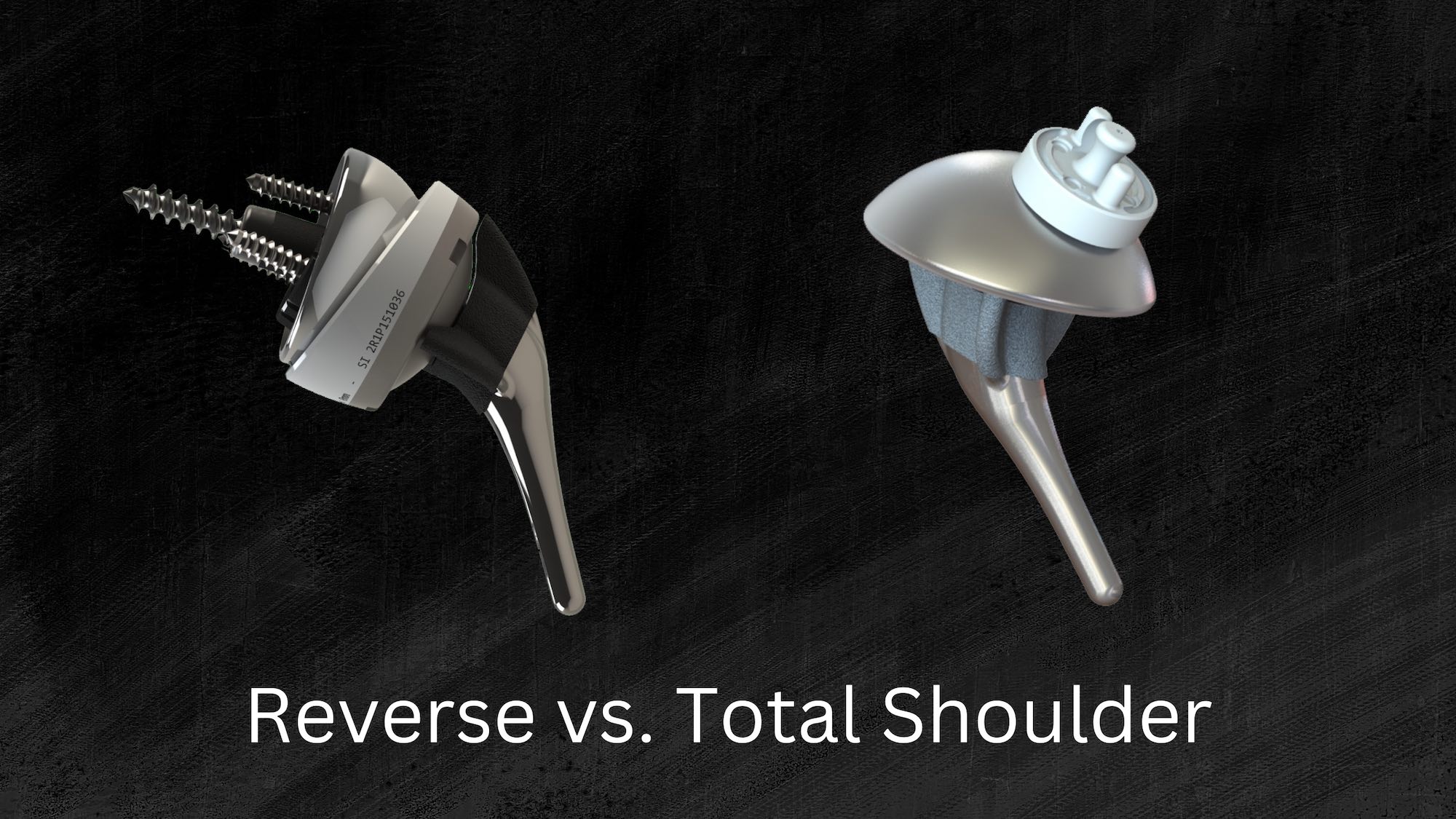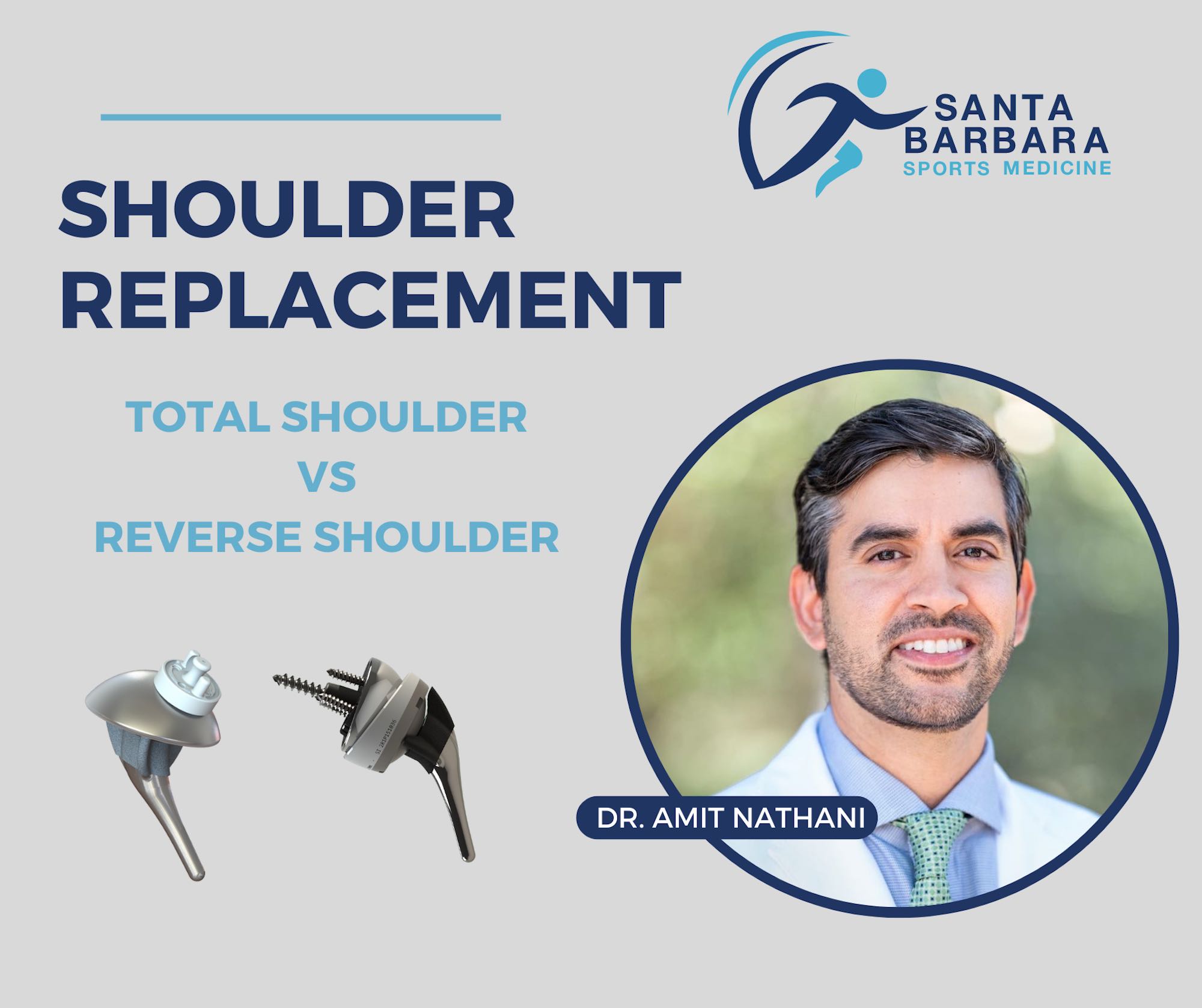There are really two types of shoulder replacements. A standard shoulder replacement, called an anatomic shoulder replacement, and a reverse shoulder replacement.
Patients are usually candidates for one or the other.
In cases of basic glenohumeral or standard osteoarthritis, an anatomic shoulder replacement is done.
The reverse shoulder replacement came about later, and that was designed specifically for patients who did not have an intact or functioning rotator cuff, but also had arthritis or irreparable rotator cuff tears.
A reverse shoulder replacement really refers to the ball and socket being reversed. What that means in simple terms is the biomechanics of the shoulder joint are changed. It’s no longer the way it was when you were born, but it utilizes the muscles that are intact, like primarily the deltoid muscle, to allow for overhead motion, reaching behind your back, and activities of daily living.
It’s a good idea to have a conversation with your shoulder specialist about which one you’re a candidate for.
If you’re in Southern California and need to see a shoulder specialist, please request an appointment by completing the form below, or click here to contact my office for an appointment.

